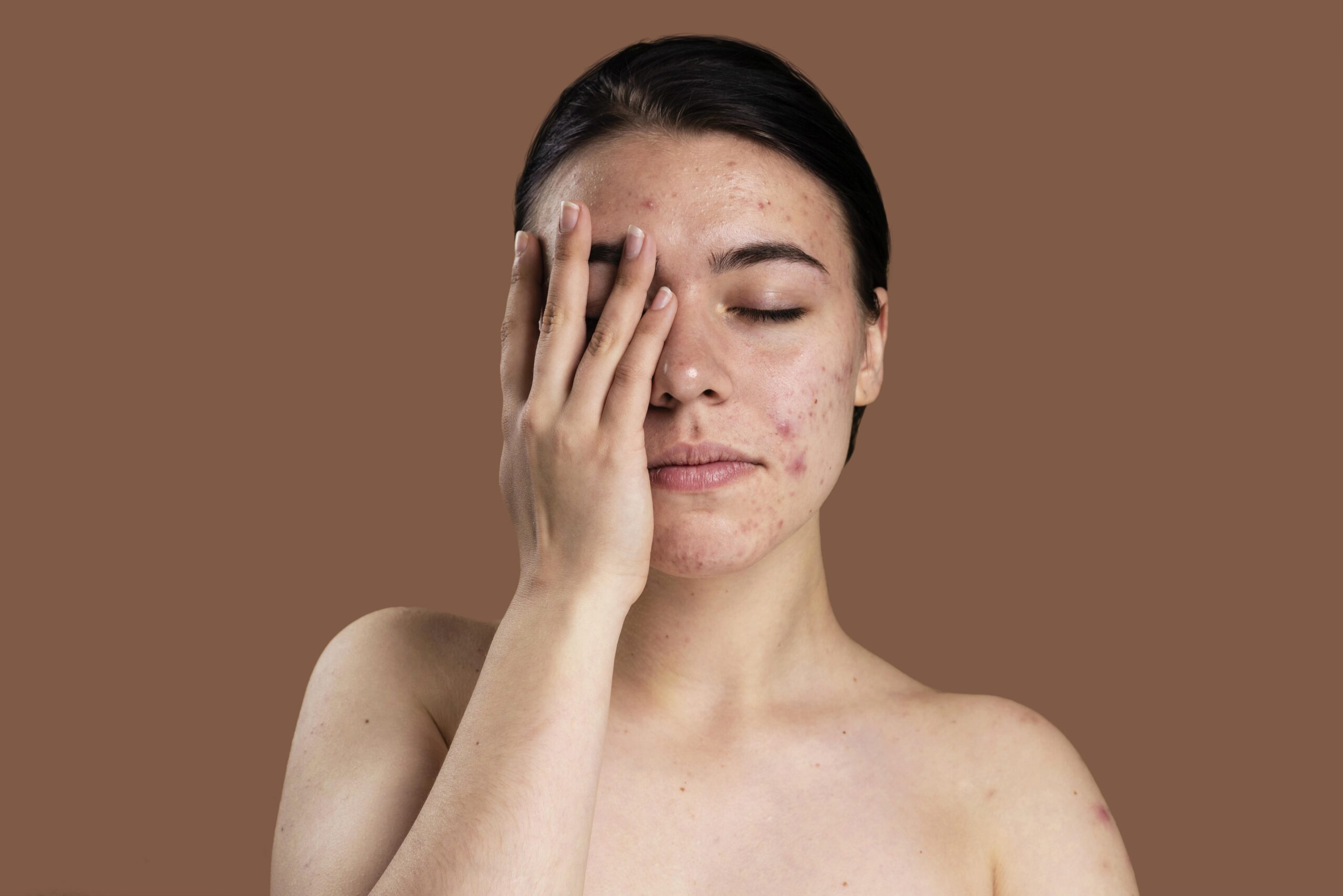Skin cancer remains one of the most common forms of cancer worldwide. It has been reached epidemic proportions. Today, skin cancer is a global public health challenge, and its burden is rising without a pause.
Our skin consists of two primary layers, the epidermis & dermis. The epidermis is the outermost layer of skin consisting of keratinocytes, Merkel cells, melanocytes and Langerhans cells. Therefore, any abnormality occurring in the epidermis will lead to various skin concerns, and cancer is one of them. Before heading to a clinic for a skin cancer checkup in Toowoomba, make sure you know about it briefly.
Generally, skin cancer is broadly divided into melanoma (cancers arising from melanocyte dysfunction) and non-melanoma (from the epidermal derived cells).
Melanoma Skin Cancers
Melanoma begins in the melanocytes. Most of these cells are responsible for producing melanin. So melanoma tumor’s often appear as brown or black. However, melanomas can also appear tan, pink or white. It most often begins on the trunk (chest or back) in men’s and women’s legs.
With that said, it can also start in other places of the human body. People with dark skin are at less risk of getting melanoma, but a person with dark skin can still get melanoma. Melanoma skin cancers can almost always be cured in their early stages. However, it is likely to spread to other body parts if not diagnosed early.
Risk Factors for Melanoma
Ultraviolet light
Too much exposure to the UV ray is a major risk factor for most melanomas. Apart from the sun, tanning lamps and beds are also sources of UV rays.
Some types of moles
A mole is a benign skin tumor. The chance of a mole turning into cancer is meagre. However, certain moles increase a person’s chance of getting melanoma. For instance, people with multiple abnormal moles are more likely to be diagnosed with melanoma.
Light-coloured skin & hair, freckles
The risk of melanoma is much higher in people who have white skin. In addition, people who have freckles or burns on their skin are also prone to getting melanoma skin cancer.
Family history of melanoma
The risk of melanoma is much higher if you have a close relative who has had the disease.
Having a weakened immune system
People with weak immune systems (like organ transplant patients) and those infected with HIV bear an increased risk of melanoma.
Older age
Melanoma is a more common concern in older people; however, it is also found in younger people.
Getting through cancer through proper treatment
Your cancer care team is your first source of information & support. However, you can turn to other resources for help whenever needed. Hospital- or clinic-based services play an essential role in caring for cancer patients.
At Drayton Medical Centre, we help you and your family make informed decisions with your doctor. There must be a reason behind your doctor suggesting a treatment plan. Do not hesitate to ask them questions about your treatment options. We are here to help.

